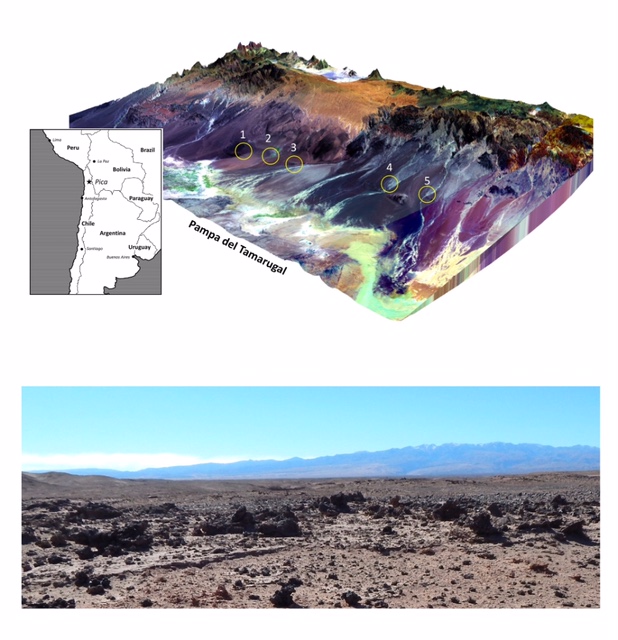The Atacama Desert near Pica in northern Chile has around 75 kilometers of twisted and folded silicate glasses (up to 50 cms across in size) in dark green or black colours. The origin of this natural phenomenon was a mystery. Some researchers thought that the glass resulted from ancient grass fires which converted the sandy soil to large glassy slabs. But the vast amount of glass present made researchers carry out a detailed chemical analysis. They collected the glass samples and found its mineral composition.
Minerals called zircons were found which had thermally decomposed to form baddeleyite. . This type of mineral transition happens only at high temperatures around 3,000 degrees Fahrenheit. Certain specific minerals like cubanite, troilite, and calcium-aluminium-rich inclusions were similar to the minerals found in comet samples retrieved from NASA’s Stardust mission. So, the researchers conclude that an ancient comet exploding above the surface of the sandy soil must have caused the formation of glass patches, because of the intense heat generated in a comet explosion.

